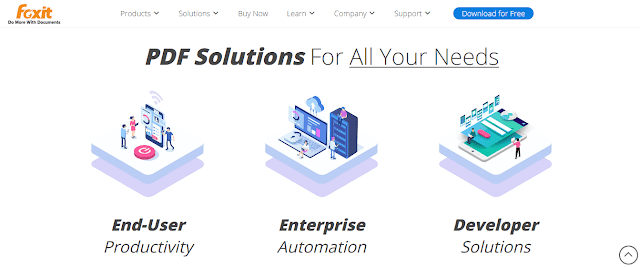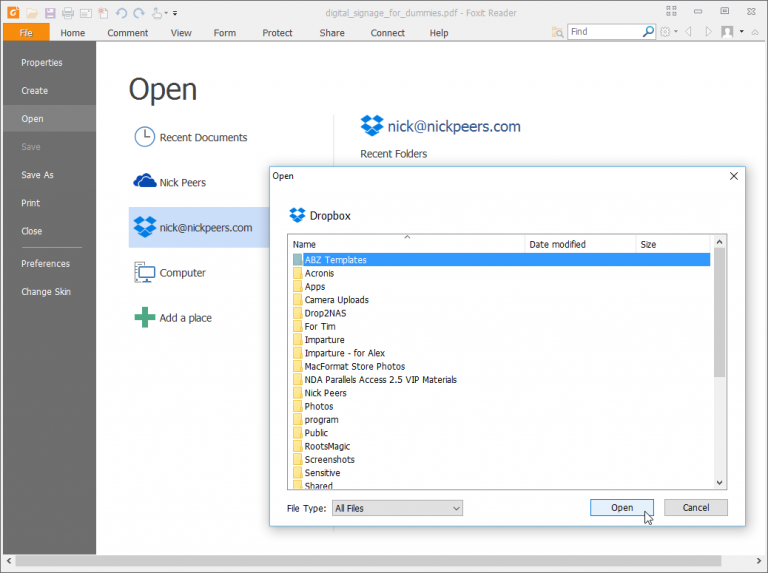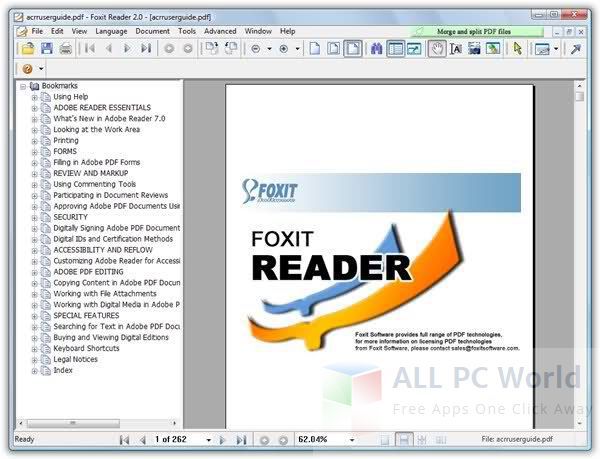

Users who wish to perform simple and small edits across their PDF documents usually look for such platforms. However, considering the benefit of such platforms, PDF editors do not have much space within the device and do not make it difficult for users to work on their tasks.įoxit Reader is an example of a PDF manager that provides various significant tools for controlling PDF files. Many PDF editors are not quite extensive, where they instigate a simplistic set of features. PDF editors are quite common in the market, where many PDF editors provide unique services to their users for efficient PDF management.
#Foxit reader help how to
Unfortunately, the eSlick’s hardware has no wireless capability and suffers from ergonomic problems, and Foxit has a long way to go to provide software and services that would make the device a desirable alternative to the Amazon and Sony frontrunners.04 How to Delete Pages in Adobe Acrobat? Part 1. Priced at $250, the eSlick costs almost as much as the Kindle 2. It does not support DRM-protected PDFs, but the eSlick can read password-protected PDFs.


Furthermore, some of the fancier PDFs we tried exhibited a few formatting problems. As more books become available in PDF format, the eSlick’s limited format-reading ability may cease to be an issue, but few current bestsellers are available as PDFs these days. Foxit includes the company’s PDF creator software (which normally costs $29), so you can convert virtually any printable document into a PDF. Books must be be formatted as plain-text (.txt) or. The e-book reader’s memory consists of 512MB built-in and 2GB on the included SD Card (you can swap this out for your own SD Card if you like). The eSlick doesn’t support wireless of any kind–Wi-Fi or cellular–so you have to rely on the USB cable.

Getting books onto the device is unduly cumbersome. Like most e-book readers, the eSlick’s music player isn’t great. You can listen to MP3s while you read, but the headphone jack accepts 2.5mm plugs rather than the standard 3.5mm plugs, so you’ll have to use the included adapter to insert most headphones. Page refresh is sluggish, as in all other E Ink displays. It supports four shades of gray, so illustrations don’t look quite as good as they do on the 16-grayscale screen of Amazon’s device, but illustrations and artwork aren’t the forte of any modern e-book device. The screen itself is clear and easy to read, and only a bit smaller than the Kindle 2’s. You can shift most documents to landscape view and then zoom to the width of the device, which does ameliorate this problem. (In order to change the font size on a PDF, the unit must be in Reflow Mode, a tidbit buried in the user manual.) Zooming in works but after using it, you may have to scroll left and right to read across a line. We couldn’t change the font size of any of the PDF books we tried–in every instance, the menu option for font size was grayed out. The bezel around the Kindle 2’s screen is wide enough to permit you to rest your thumb comfortably on it, and Amazon positioned its page-turning buttons sensibly in contrast, the eSlick is sometimes a bit hard to hold naturally, and turning pages involves moving your hand to the four-way controller in the lower right portion of the face. The eSlick reader is lightweight, small, and thin, but it feels plasticky and cheap.


 0 kommentar(er)
0 kommentar(er)
